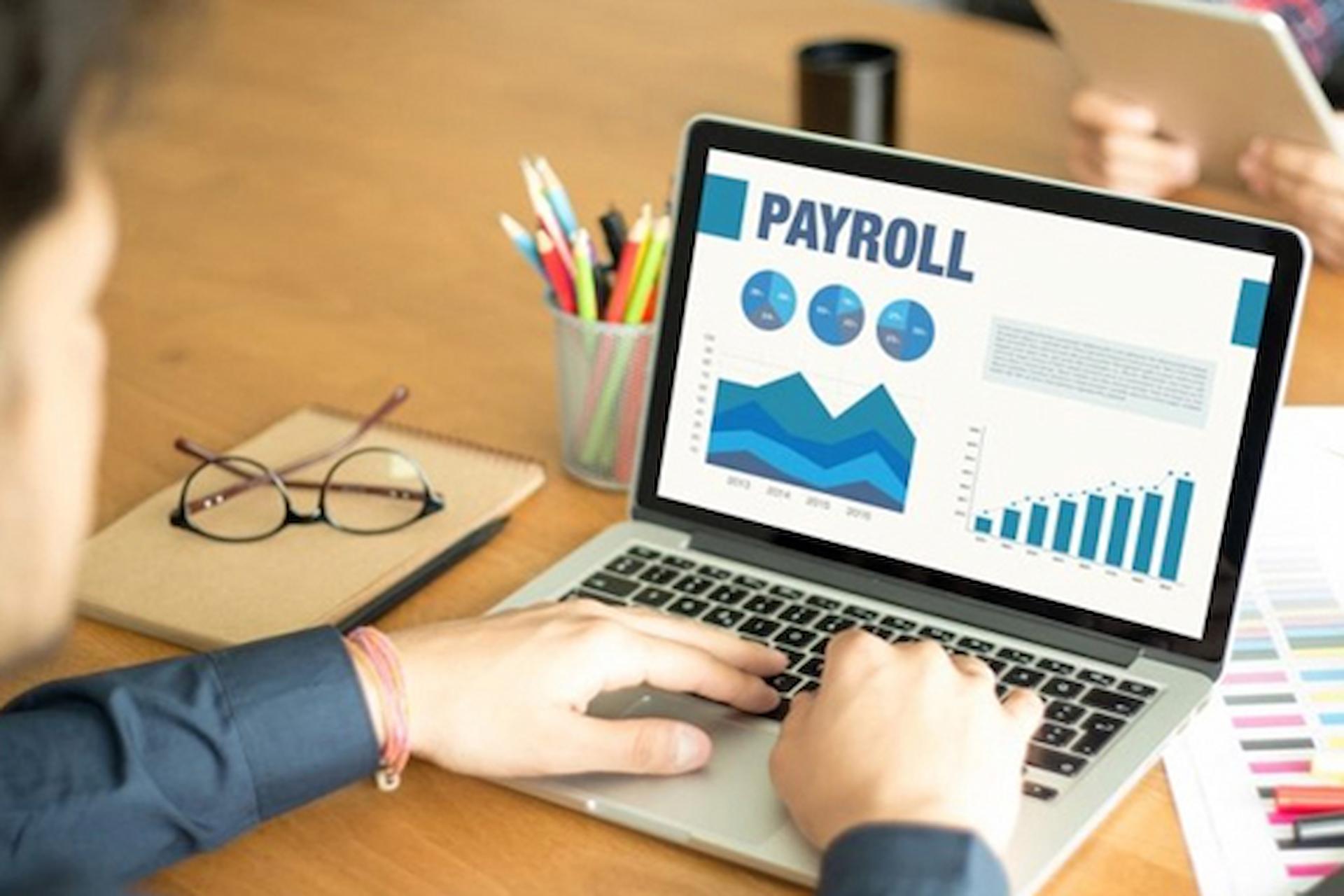In today’s digital age, it’s easier than ever to generate fake pay stubs using online tools and software. This can be problematic for employers, landlords, and financial institutions who rely on these documents to verify an individual’s income and employment. Therefore, knowing how to identify a fake pay stub is essential. This guide will explore various methods to spot a fraudulent pay stub and provide comprehensive content on the use of pay stub generators.
Common Features of Pay Stubs
Before diving into the specifics of identifying fake pay stubs, it’s essential to understand what a legitimate pay stub typically includes:
- Employee Information: This includes the employee’s name, address, and Social Security number.
- Employer Information: The company’s name, address, and contact information.
- Pay Period: The dates for the start and end of the pay period.
- Earnings: This section details the employee’s gross income, including regular pay, overtime, bonuses, and other earnings.
- Deductions: Taxes, Social Security, Medicare, insurance premiums, retirement contributions, and other deductions are listed here.
- Net Pay: The amount the employee takes home after deductions.
- Year-to-Date Totals: Accumulated totals of earnings, deductions, and net pay for the year.
Methods to Identify a Fake Pay Stub
1. Check for Consistency and Accuracy
A fake pay stub often contains inconsistencies and inaccuracies that can be red flags:
- Mismatched Information: Verify that the employee’s name, address, and Social Security number match your records.
- Incorrect Calculations: Ensure that the arithmetic is correct. Gross pay minus deductions should equal net pay. Also, year-to-date totals should be accurate.
- Inconsistent Formatting: Legitimate pay stubs typically have uniform formatting. Look for inconsistent fonts, alignments, and spacing.
2. Look for Common Red Flags
Certain elements are commonly found in fake pay stubs:
- Rounded Numbers: Real pay stubs rarely have perfectly rounded numbers (e.g., $1,000 instead of $1,023.45). Payroll calculations usually result in more specific figures.
- Lack of Professionalism: Spelling errors, poor grammar, and unprofessional appearance can indicate a fake document.
- Incorrect or Missing Information: Check if the employer’s address or contact information is incomplete or incorrect. Legitimate companies provide comprehensive details.
3. Verify Employment Details
Contact the employer directly to verify the details provided on the pay stub. Confirm the employee’s status, position, and income. Be cautious of potential scams where someone might pose as an employer, so use verified contact information.
4. Use Pay Stub Verification Services
Several services can help verify the authenticity of a pay stub:
- Third-Party Verification: Services that specialize in verifying employment and income details.
- Payroll Services: Contact the payroll service provider if the company outsources payroll. They can confirm the details of the pay stub.
5. Analyze the Pay Stub Generator Used
Many fake pay stubs are created using online pay stub generators. While some generators are legitimate, others are designed to produce fraudulent documents. Consider the following:
- Check Reviews: Research the pay stub generator to see if it has a history of producing fake documents.
- Quality of Output: High-quality pay stub generators typically produce documents that are difficult to distinguish from real ones. Low-quality generators might leave clues, such as poor formatting and incorrect calculations.
Using a Pay Stub Generator: Free Options and Best Practices
Creating pay stubs for employees is a crucial task for employers and small business owners. Pay stub generators simplify this process, providing a quick and efficient way to produce accurate pay stubs. Here are some considerations when using a pay stub generator, especially free options.
1. Selecting a Pay Stub Generator
Choosing the right pay stub generator is essential for producing legitimate documents. Consider the following factors:
- Reputation: Select a well-reviewed and trusted pay stub generator.
- Features: Ensure the generator offers comprehensive features, such as customization options and accurate tax calculations.
- User-Friendliness: The tool should be easy to use, even for those with minimal payroll experience.
2. Free Pay Stub Generators
Several free pay stub generators are available online, but it’s important to select one that maintains a high standard of quality. Here are a few popular options:
- PayStubs.net: Offers a free trial and allows users to create professional pay stubs with accurate calculations.
- 123PayStubs: Provides a user-friendly interface with various templates and customization options.
- Stub Creator: Another free tool that generates detailed and professional pay stubs.
3. Best Practices for Using Pay Stub Generators
When using a free pay stub generator, adhere to best practices to ensure the accuracy and legitimacy of the documents:
- Accurate Input: Ensure all information entered is accurate, including employee details, earnings, and deductions.
- Review and Verify: Double-check the generated pay stubs for any errors or inconsistencies before distributing them to employees.
- Compliance with Laws: Ensure the pay stubs comply with federal, state, and local regulations regarding payroll and tax reporting.
Conclusion
Identifying fake pay stubs is crucial for employers, landlords, and financial institutions to ensure they are dealing with honest individuals. By understanding the common features of legitimate pay stubs, recognizing red flags, verifying employment details, and using pay stub verification services, you can effectively spot fake documents.
For employers and small business owners, using a reputable pay stub generator can simplify payroll processes and ensure the production of accurate and professional pay stubs. Whether opting for a free or paid tool, adherence to best practices is essential to maintain compliance and accuracy. By following these guidelines, you can navigate the challenges of identifying and creating pay stubs with confidence.









